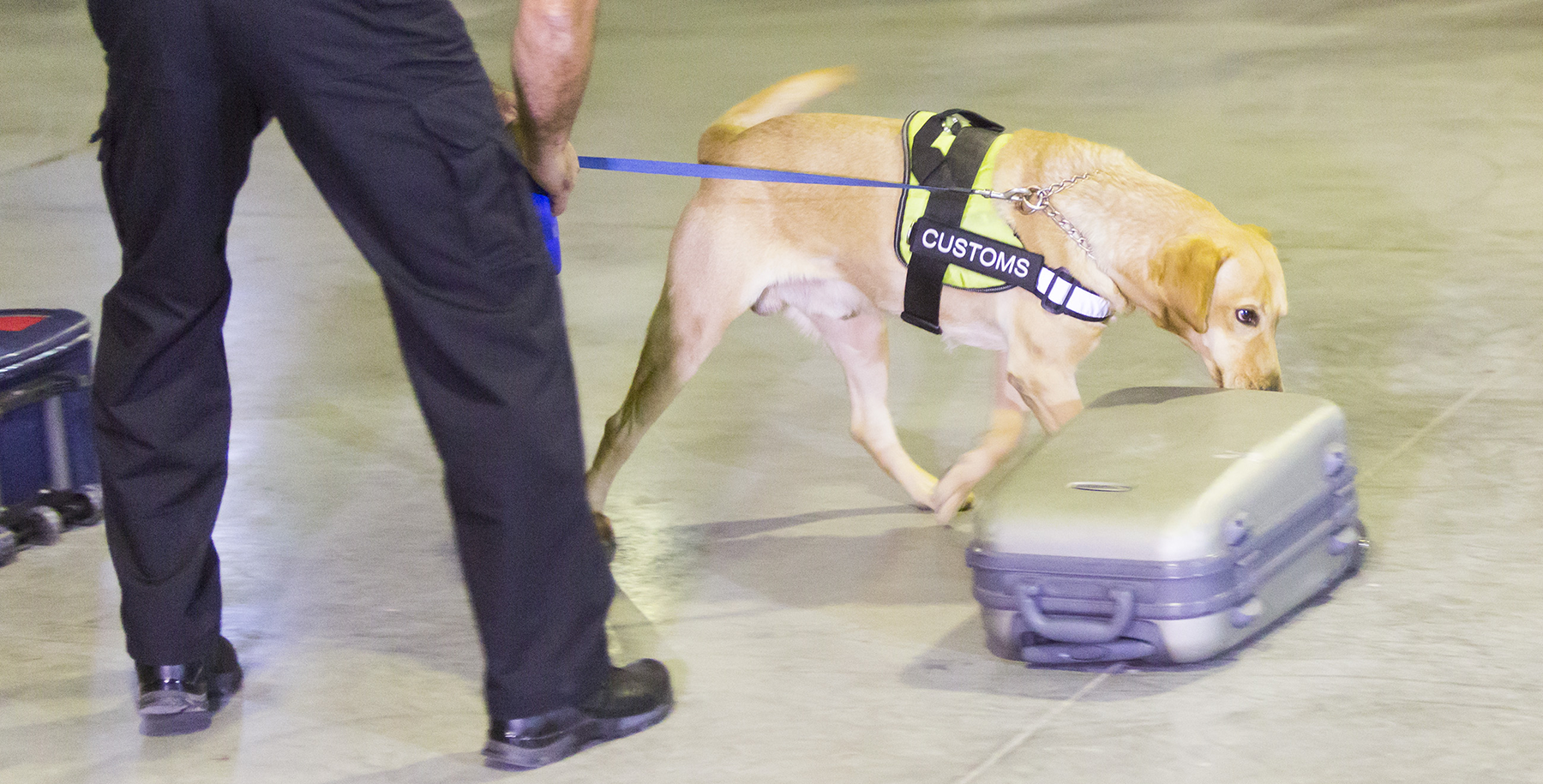Scent Detection Dogs
A detection dog is sometimes called a “sniffer dog”. These animals are trained to use their senses to detect substances such as:
- Explosives,
- Illegal drugs,
- Wildlife scat,
- Currency,
- Blood and,
- Contraband electronics such illicit mobile phones.
Sense of Smell
The is a reason dogs are referred to as man's best friend! A dog's sense of smell is incredibly strong. They possess 300 million olfactory receptors in their noses, compared to about six million in humans. The part of a dog's brain devoted to smells is proportionally 40 times greater than ours. Dogs' noses also function quite differently than our own.
It is of no wonder that the sense most used by detection dogs is smell. Hunting dogs that search for game, and search dogs that work to find missing humans are generally not considered detection dogs. There is some overlap, for example, the use of cadaver dogs, trained to search for human remains. Police K-9 dogs and military dogs used as resources for police work may also overlap.
When people think of detection dogs, they most often think about those dogs used in law enforcement, however, less known are how these dogs are used as a valuable research tool for wildlife biologists. In California, detection dogs are trained to discover quagga mussels on boats at public boat ramps because they are a harmful invasive species for the environment. Detection dogs also tend to be employed for the purposes of finding and collecting the wildlife scat of diverse species, including caribou, the black-footed ferret, and the Oregon spotted frog.
